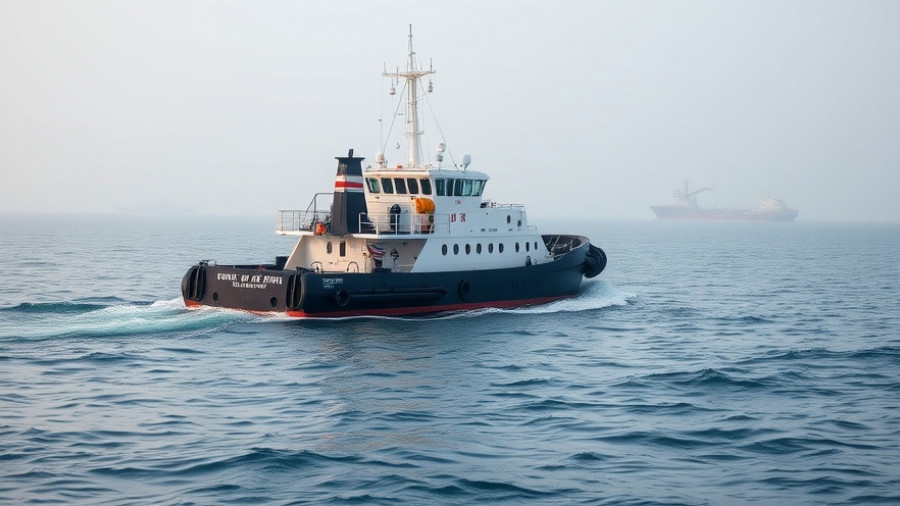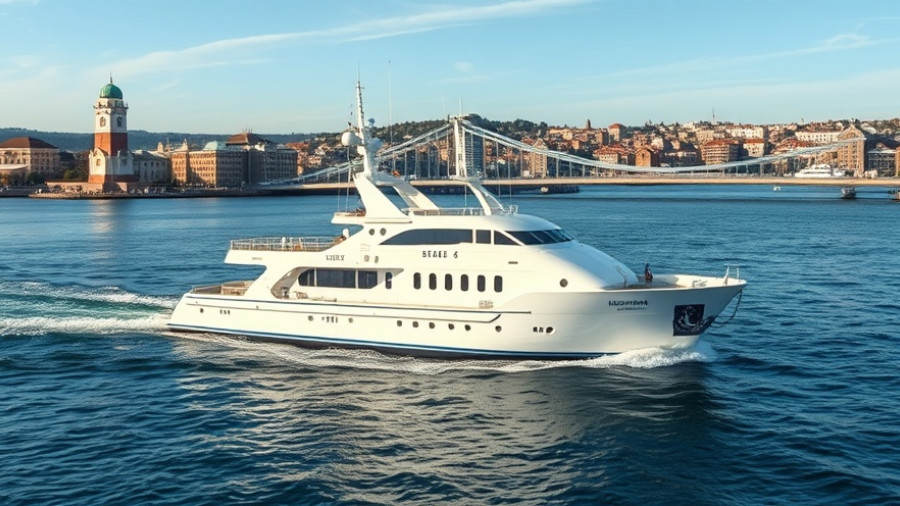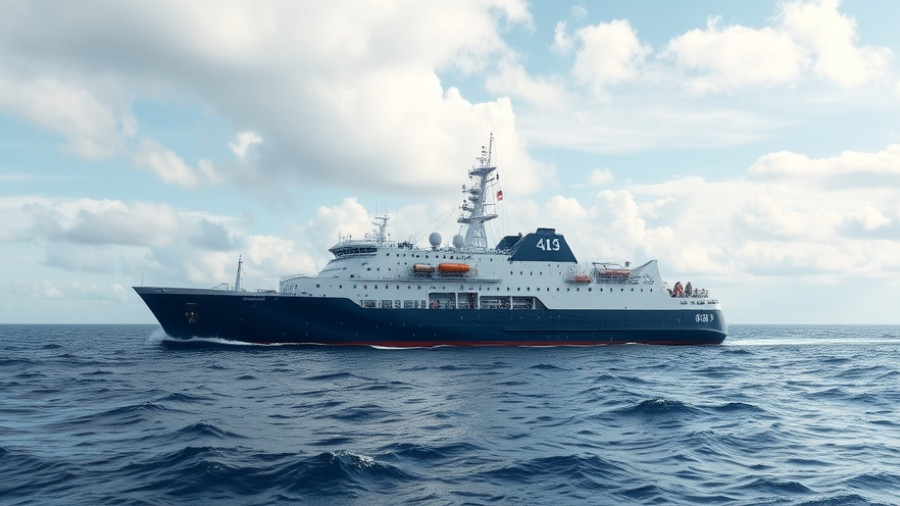
Ammonia Takes Center Stage in Decarbonizing Maritime Shipping
The maritime industry stands on the brink of a revolutionary transformation with the construction of Yara Eyde, the world's first ammonia-powered container ship. This groundbreaking vessel, initiated by Yara Clean Ammonia in collaboration with Yara International, CMB.TECH, and North Sea Container Line, is more than just an innovative maritime project; it symbolizes a pivotal move towards sustainable shipping practices.
Scheduled for operation starting in 2026 along the Oslo–Porsgrunn–Bremerhaven–Rotterdam route, Yara Eyde is designed to significantly minimize greenhouse gas emissions compared to traditional fuel-powered vessels. The steel cutting ceremony held earlier this month marks not just a construction milestone but also a significant step forward in decarbonizing the shipping industry.
A Closer Look at Ammonia as a Fuel Source
Ammonia has always been recognized for its potential to serve as a clean fuel alternative. Yara's ambition to harness low-emission ammonia signifies a shift in how we view and utilize fuel in the maritime sector. Scientists and industry leaders have long argued for ammonia's viability, citing its ability to be produced without fossil fuels, particularly when generated using renewable energy sources.
The potential for ammonia to support net-zero emissions goals aligns perfectly with growing global demands for cleaner shipping alternatives as outlined in the International Maritime Organization’s strategy to reduce greenhouse gas emissions by at least 50% by 2050. These collective efforts demonstrate a commitment to addressing climate change and advancing technology that could shape the future of not only shipping but various industrial sectors.
What Yara Eyde Means for Sustainable Logistics
Hans Olav Raen, CEO of Yara Clean Ammonia, emphasizes that “this is more than the start of a ship; it is the start of a new chapter in maritime decarbonization.” In truth, Yara Eyde serves as a concrete example of how collaborative efforts across the shipping value chain can yield advanced technology capable of sustainable operations. Bente Hetland, CEO of North Sea Container Line, echoes this sentiment by illustrating how the project's success relates directly to the commitment to modernize the logistics sector.
The impact of Yara Eyde will ripple through industrial logistics, connecting key Northern European industrial clusters with a more sustainable means of transportation, potentially inspiring other sectors to innovate as well.
Looking Ahead: The Future of Maritime Solutions
As Yara Eyde embarks on its construction phase, the broader shipping industry watches closely. Ships powered by various green technologies, including ammonia, could change the way cargo is transported across the globe. Insights gained from Yara's initiatives could lead to further innovations that push maritime transport toward sustainable solutions.
Industry experts predict that as more shipping companies begin experimenting with ammonia and other renewable fuels, the shipping landscape will evolve at an unprecedented pace, encouraging further investments in cleaner technology. This shift, in turn, could reduce costs for cargo owners while simultaneously generating significant environmental benefits.
Counterarguments: Challenges Ahead
While the prospects look promising, challenges remain. Critics argue that scaling up ammonia production for maritime applications poses logistical and safety hurdles, given ammonia's toxic capabilities. This skepticism emphasizes the importance of stringent regulatory frameworks to ensure safe practices across the industry. Education and awareness about ammonia's use as a fuel are paramount for all stakeholders, including operators and customers alike.
Furthermore, companies must address the infrastructure gaps necessary for supporting ammonia bunkering facilities, which is essential for the practical implementation of ammonia-powered vessels. By anticipating these challenges, the maritime industry can work together to ensure that safety and technological advancements continue to progress hand in hand.
Conclusion: Take Part in Transforming Maritime Shipping
The launch of Yara Eyde is a crucial step towards a greener future in shipping. While hurdles remain, the concerted efforts by industry leaders to innovate and embrace sustainable practices could shape the maritime landscape dramatically. By supporting initiatives that prioritize environmental sustainability and investing in cleaner technologies, stakeholders can contribute to a collective solution tackling climate challenges head-on.
 Add Row
Add Row  Add
Add 




Write A Comment